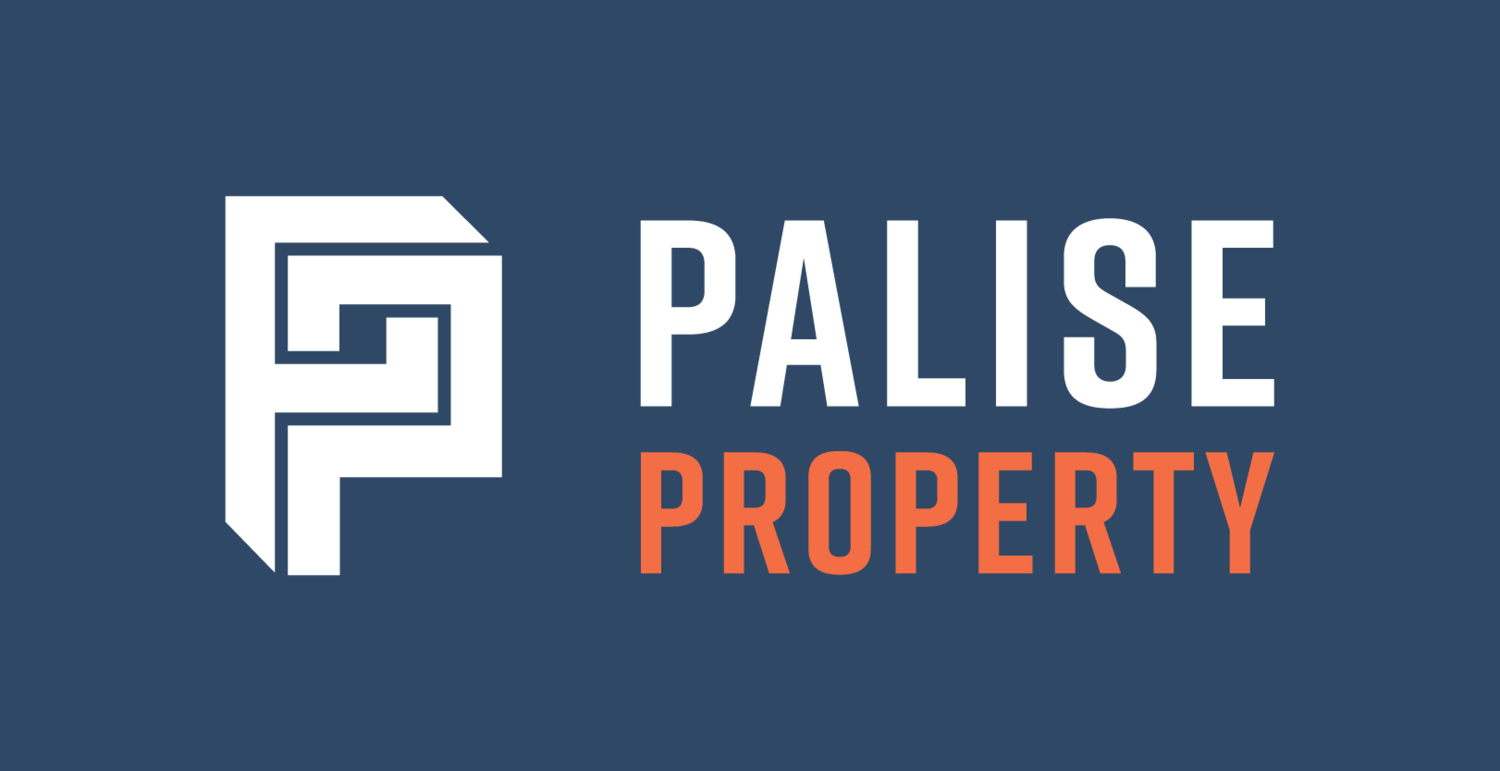6 Area Types Where You Can Buy Residential Property
Knowing the area where you plan to buy a home impacts how well your property does over time, including how easily you can find and keep renters, how often your property will be empty, and how much its value will go up.
You should also look at the bigger financial picture of the area, as this will give you an idea of how it's growing and which spots are likely to become more popular and filled with people in the future.
Many people are nervous about buying in a place they don't know well. But thanks to technology, you can do all your research online. So don't hesitate to consider other areas, even those in different states.
Area Types
Let’s look at a few typical areas in which to buy.
Inner City
Inner-city properties offer shorter commutes, easy access to amenities, and a vibrant lifestyle, making them attractive to both residents and investors.
But options are often limited to apartments, as houses are usually unaffordable. Investors should be cautious of potential drawbacks like an oversupply of apartments, which can limit capital growth and rental income.
Some lenders may also restrict loans to 70% for high-density buildings, and owners may face high maintenance costs due to poor-quality construction.
Blue-chip Areas
Blue-chip areas near coastlines, city centres, or natural reserves attract high-income residents and offer stable markets and higher capital growth due to limited supply.
While most losses, including depreciation, can be claimed, the key downside is affordability.
The high property costs often require a large deposit, leading to negative gearing and low cash flow, which may impact your borrowing capacity.
Regional Areas
In 2075, Australia's population is expected to double, with regional areas like Cairns and Townsville experiencing growth. These areas offer investors affordability, high rental yields, and proximity to nature.
The work-from-home trend and infrastructure projects further enhance their appeal, offering the potential for value-add and gentrification. However, there's uncertainty in predictions.
Regional areas can face industry dependence, higher unemployment, crime rates, and tenant issues. While growth potential exists, factors like high supply can diminish capital gains.
Specialised Regions
Specialised regions like Western Australia's mining towns exemplify the risks of single-sector economies. During the mining boom, property demand and prices soared.
But as the industry declined, shedding 46,000 jobs between 2013-2015, property values plummeted. For instance, median house prices in Newman fell from $850,000 in 2012 to $153,000 in 2016.
Investors were left with unpayable mortgages and depreciated assets, underscoring the need for a diversified, resilient economy.
Gentrifying Areas
Gentrification, a shift usually driven by middle and upper-class influx, can significantly alter property values and local perception.
It impacts amenities, infrastructure, and job opportunities, often increasing property prices. Recognising its six stages can guide your investment decisions:
Discussions in local councils about upcoming changes
Formalised planning
Introduction of key facilities like hospitals and schools
Intensive development attracting diverse professionals
Socio-economic shift with more affluent residents
Full-blown gentrification and increased property values
Borderless Investing
Borderless investing involves buying property outside one's own region, offering diversification as markets like Adelaide, Brisbane, and Sydney move differently.
While many favour familiar areas, succumbing to biases can be limiting. Staying objective and exploring beyond local regions can optimise growth potential.
Diversifying across states can also minimise land tax burdens, as rates vary by region.
Key Takeaways
Selecting the right area for residential property investment requires a thorough understanding of the different types of regions available, their growth potential, and the associated risks.
From the bustling pace of inner cities to the evolving dynamics of gentrifying areas, each zone presents unique opportunities and challenges.
Leveraging technology for research and staying open to borderless investing can broaden horizons and maximise returns. As always, stay informed and approach your decisions with a balanced perspective.
If you're interested in investing in residential property and would like to learn more about what it entails, I’ve written this easy-to-read guide that provides a thorough overview of the process of investing in residential property.
"Residential Property Investing Explained Simply" covers a wide range of topics, from understanding the factors that can impact the value of a property to the ins and outs of property investment.
Whether you're just starting to explore the world of property investment or are looking to deepen your understanding of the subject, this book is a valuable resource that can help you make informed decisions and maximise the value of your investments.
Alternatively, if you want to know how I’ve helped investors acquire a range of residential properties, feel free to reach out today.
